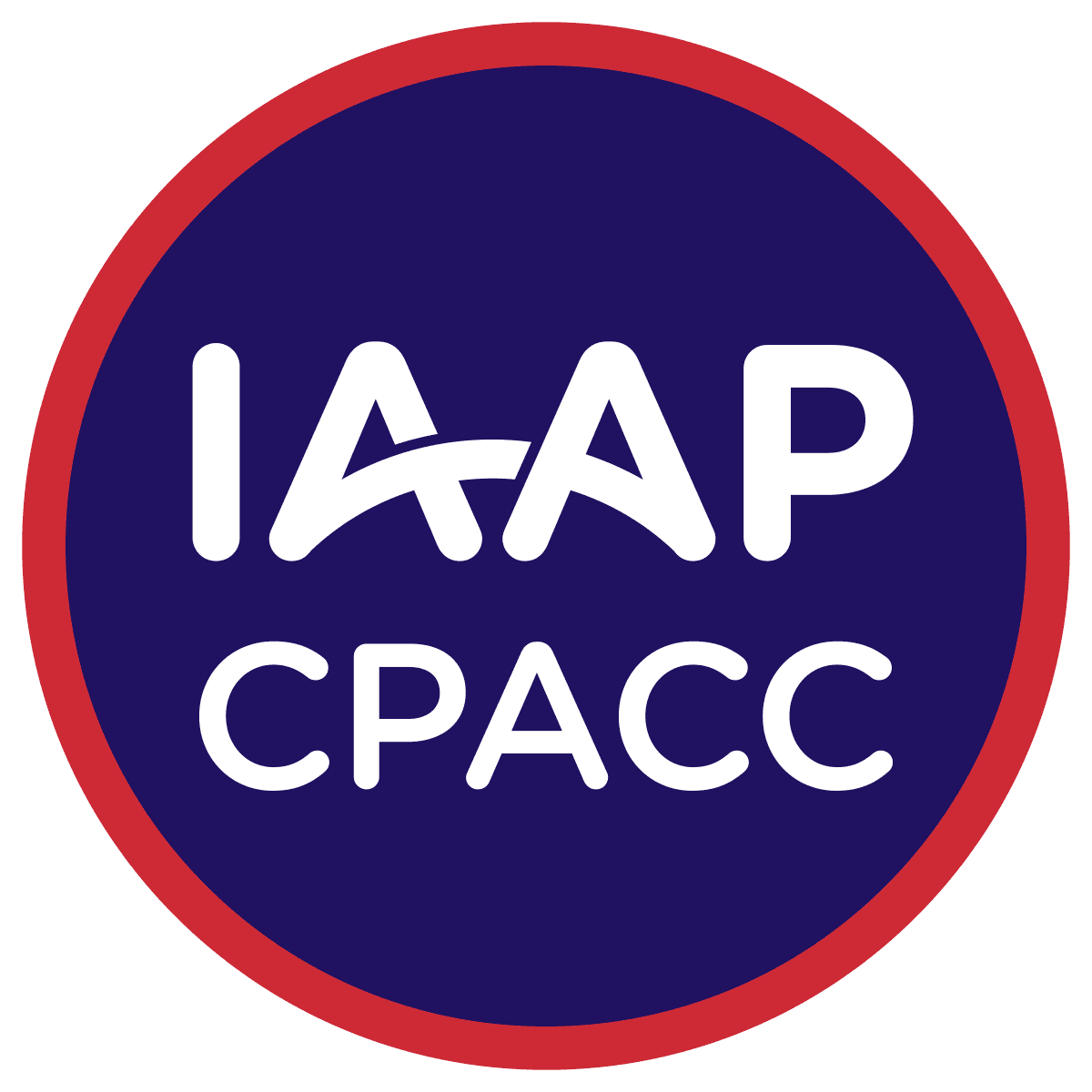I'm multiply neurodivergent (Autistic and ADHD) and dynamically disabled. Getting diagnosed later in life showed me something important.
Throughout my 20+ year career in UX and design, I realized I had been adapting things to work better for my brain.
I was turning problems into smooth experiences and building systems that work for different ways of thinking and looking at things.
Access for All Minds exists because the best solutions often come from lived experience.








